UX vs UI design
UX design
UX design focuses on the user experience and how the user interacts with the website or app. It includes several aspects that affect user perception and engagement:
- User Research: UX design begins with user research, where an understanding of user needs, goals, and requirements is gained. This includes user interviews, surveys, creating user personas and other methods to get to know the target audience.
- User Flow: UX design strives to make it convenient and easy for users to achieve their goals through a website or app. This includes layout, navigation, and content organization to ensure proper flow of information and guide users along the right path.
- Usability: Good UX design removes obstacles and makes user interaction with a website or application simple and intuitive. This includes a good layout, clear instructions, easy-to-understand icons and intuitive navigation.
UI design
UI design focuses on the user interface (interface), visual appearance and interactive design, which makes the website or application visually attractive and accessible to users:
- Appearance and Communication: UI design provides an aesthetically pleasing design through the use of colors, typography, images and graphic elements. It also includes the way information is displayed and communicated with users, such as buttons, forms and interactive elements.
- Interactive design: UI design provides interactive elements (in microinteraction blocks) that allow users to interact with a website or application. This includes animations, transition effects, buttons and other interactive features that encourage user engagement.
- Consistency and standards: UI design strives to adhere to design standards and consistency so that users have a clear and consistent experience. This includes using consistent layouts, color palettes and icons that meet industry standards and make the user experience more transparent.
In general, UX design focuses on user experience and functionality, while UI design focuses on visual design and interactive features. To achieve a good user experience, it is important to combine both UX and UI principles and ensure a harmonious interaction between functionality and aesthetics.
How to improve UX design: Ways to make your website more user-friendly
UX design (user experience design) is a critical factor in the success of a website and user engagement. Good UX design promotes a positive user experience, increases website conversion and keeps users coming back. In this article, we’ll look at some ways to improve UX design and make your website more user-friendly.
User research
Start by researching your target audience. Use analytical tools and user surveys to gain an understanding of how users interact with your website. Such information will help you create a user-friendly design that meets their needs and improves the user experience.
Intuitive navigation
Create a clear and easy-to-understand navigation system. Use a logical layout and visible links that will help users find the information they need quickly and without unnecessary searching. Avoid overly complex layouts and ensure that the structure of the homepage is logical and easy to navigate.
Custom content elements
Grab users’ attention with visuals that support your brand and provide a better user experience. Choose a color palette, typography styles and images that match your brand identity and evoke an emotional connection with your brand.
Response time and loading speed
Users appreciate the speed of the site. Ensure that your website loads quickly and responds to user actions without unnecessary waiting. Optimize images, reduce server response time, and prevent excessively heavy content that can slow down your homepage.
Responsive design
Consider mobile usage habits, as more and more users access websites via mobile devices (currently over 50% on average). Make sure your homepage is responsive and that the layout adapts to the content on different screen sizes. This will provide users with a comfortable experience regardless of the device they are using.
Management to the goal
Optimize your website to drive users to desired goals, such as making a purchase or making a contact. Use highlight buttons, links, and visuals to grab attention and drive user engagement.
Testing and Analytics
Conduct regular testing processes and analytics to measure how users interact with your website and what conversion rates are. Use this information to make the necessary adjustments and improve your website.
Properly designed UX design helps to improve user experience, increase conversion results and foster long-term relationships with customers. Use these tips to make your website more user-friendly and boost your business’s digital presence.

